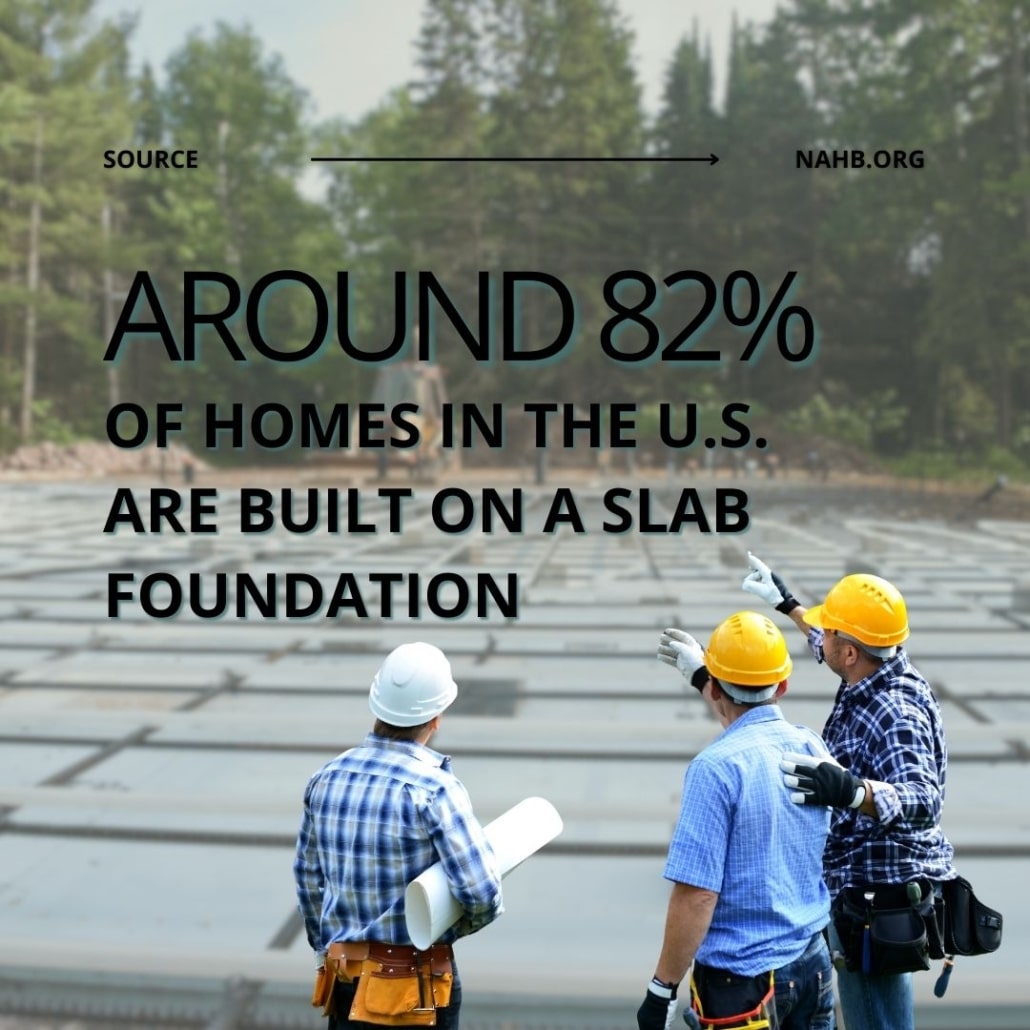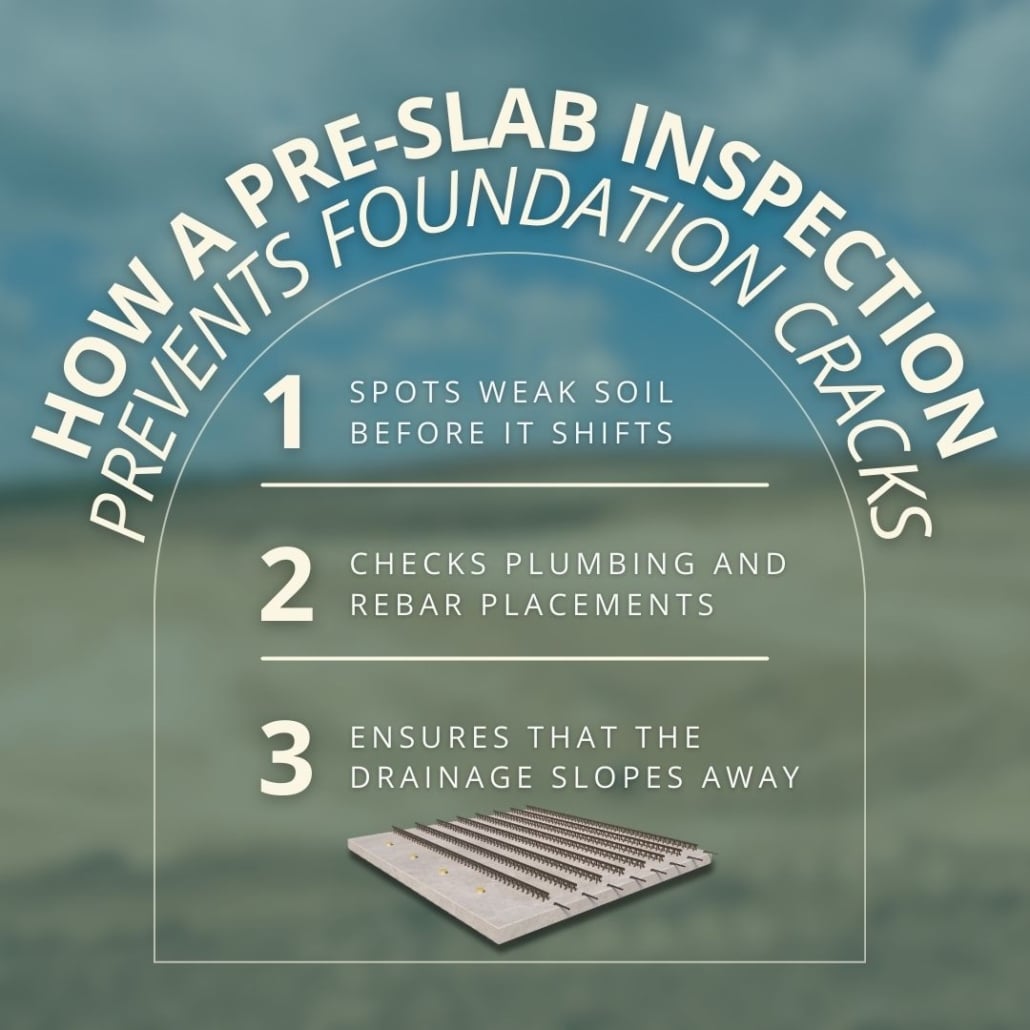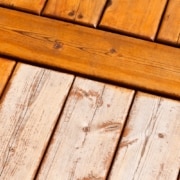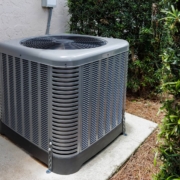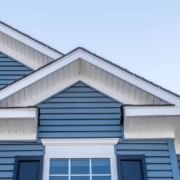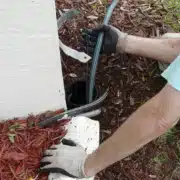How a Pre-Slab Inspection Helps Prevent Foundation Cracks
In this post, we’ll walk through what a pre-slab inspection covers, how it helps prevent foundation issues like cracks, and when to schedule one for your project.
Once a concrete slab is poured, there’s no easy way to see what’s underneath. But that hidden layer of dirt, rebar, plumbing, and vapor barrier? It matters more than most homeowners realize.
Foundation cracks in Florida homes don’t always happen overnight. Many of them start before the concrete even sets.
What Is a Pre-Slab Inspection?
A pre-slab inspection is a structural and code compliance inspection performed before concrete is poured for a new home or addition.
It’s typically done after the ground is graded and compacted, but before concrete work begins. The inspector checks that everything under the slab is up to code and ready for a strong, stable foundation.
Depending on the scope of the project, this inspection may cover:
- Soil compaction and grading
- Vapor barriers or moisture protection
- Plumbing and electrical stub-outs
- Rebar or tension cable placement
- Footer dimensions
- Termite treatments (pre-treatment phase)
These elements all impact the structural integrity of your slab. Missing or rushed prep work increases the odds of future foundation cracks, shifting, or water intrusion.
Why Foundation Cracks Start Under the Slab
In Florida, one of the biggest risks to foundations is the soil itself.
According to the University of Florida’s IFAS Extension, many areas of North Florida sit on sandy, loamy soils that shift easily with moisture. Improperly compacted or uneven soil can cause foundation settling and cracking within the first few years of construction.
Add in other issues like poor drainage, unprotected pipes, or missed vapor barriers, and it’s easy to see why early-stage mistakes have long-term consequences.
Cracks in the slab may lead to:
- Uneven floors
- Doors and windows that won’t close
- Water damage or mold
- Pest intrusion
- Long-term structural repairs
Most of these issues can be prevented with early inspection and planning.
What Inspectors Look for Before the Pour
Here are the most important elements your inspector will check before the slab goes down.
1. Soil and Grading Conditions
Proper grading ensures water flows away from the home, not toward it. Compacted soil helps prevent settling later on. A flat, stable base is essential.
2. Rebar, Post-Tension, or Wire Mesh
These reinforcements strengthen the concrete and reduce cracking from movement or stress. Your inspector checks placement, spacing, and secure ties.
3. Vapor Barriers
A polyethylene sheeting layer should be laid beneath the slab to block ground moisture from rising into the concrete. If missing or torn, mold and moisture problems may follow.
4. Plumbing and Drainage Lines
Once concrete is poured, relocating plumbing becomes a major project. Inspectors verify that all lines are correctly placed, supported, and sealed.
5. Termite Pre-Treatment
Many counties in Florida require termite protection before pouring slabs. An inspector ensures treatment was completed and documented correctly.
6. Anchor Bolts and Hold-Downs
Finally, these fasteners tie the frame to the foundation and help with wind resistance. Their spacing and location matter for future inspections and code compliance.
When and Why to Schedule One
You should schedule a pre-slab inspection right after the builder completes site prep and just before the pour is scheduled.
Most new construction crews are on tight timelines, and slab pours happen fast. That’s why it’s smart to plan the inspection a few days ahead of time.
Some of the most common reasons to schedule a pre-slab inspection include:
- Building a new home, garage, or addition
- Adding a lanai or patio with a concrete footing
- Converting an old structure and pouring a new slab
- Wanting extra peace of mind during a build
- Catching contractor oversights before it’s too late
Whether you’re building in Duval, Clay, St. Johns, or surrounding counties, construction inspections can vary based on local code and permitting. Working with an experienced inspection company familiar with Jacksonville-area requirements is a major plus.
The Long-Term Value
Foundation repairs are expensive. The average foundation repair costs homeowners between $2,500 and $7,000, depending on severity. Some homes require $10,000 or more in structural work.
That’s why catching issues early is more than just a good idea. It’s a smart investment.
A pre-slab inspection may cost a few hundred dollars, but it protects:
- The structural health of your home
- Your budget
- Future inspection reports
- Property value and resale appeal
In short, getting eyes on the project early helps you avoid hidden surprises later.
Related Questions
Is a pre-slab inspection the same as a municipal inspection?
No. City or county inspectors are focused on basic code compliance. A third-party inspector works on your behalf and can catch red flags others may miss.
What happens if issues are found before the pour?
Your inspector will report them clearly so your contractor can make corrections. It’s much easier and cheaper to fix now than after the concrete is poured.
Can foundation cracks still happen even with a pre-slab inspection?
Yes, but the risk is dramatically reduced. Many cracks are caused by poor site prep or hidden problems that pre-slab inspections are designed to catch.
Is this inspection only for new homes?
It’s most common during new construction, but also helpful for major renovations, add-ons, or slab repairs.
Final Thoughts
Foundation cracks often start long before you notice them. Sometimes they begin before the concrete has even had a chance to dry. That’s why a pre-slab inspection is one of the smartest steps you can take during construction.
At Inside & Out Property Inspectors, we help homeowners and builders across Jacksonville protect their investment with thorough, code-compliant pre-pour inspections. We catch issues others overlook, so your foundation starts strong and stays that way.
Ready to schedule your inspection? Let’s make sure your home starts (and stays) on solid ground.

